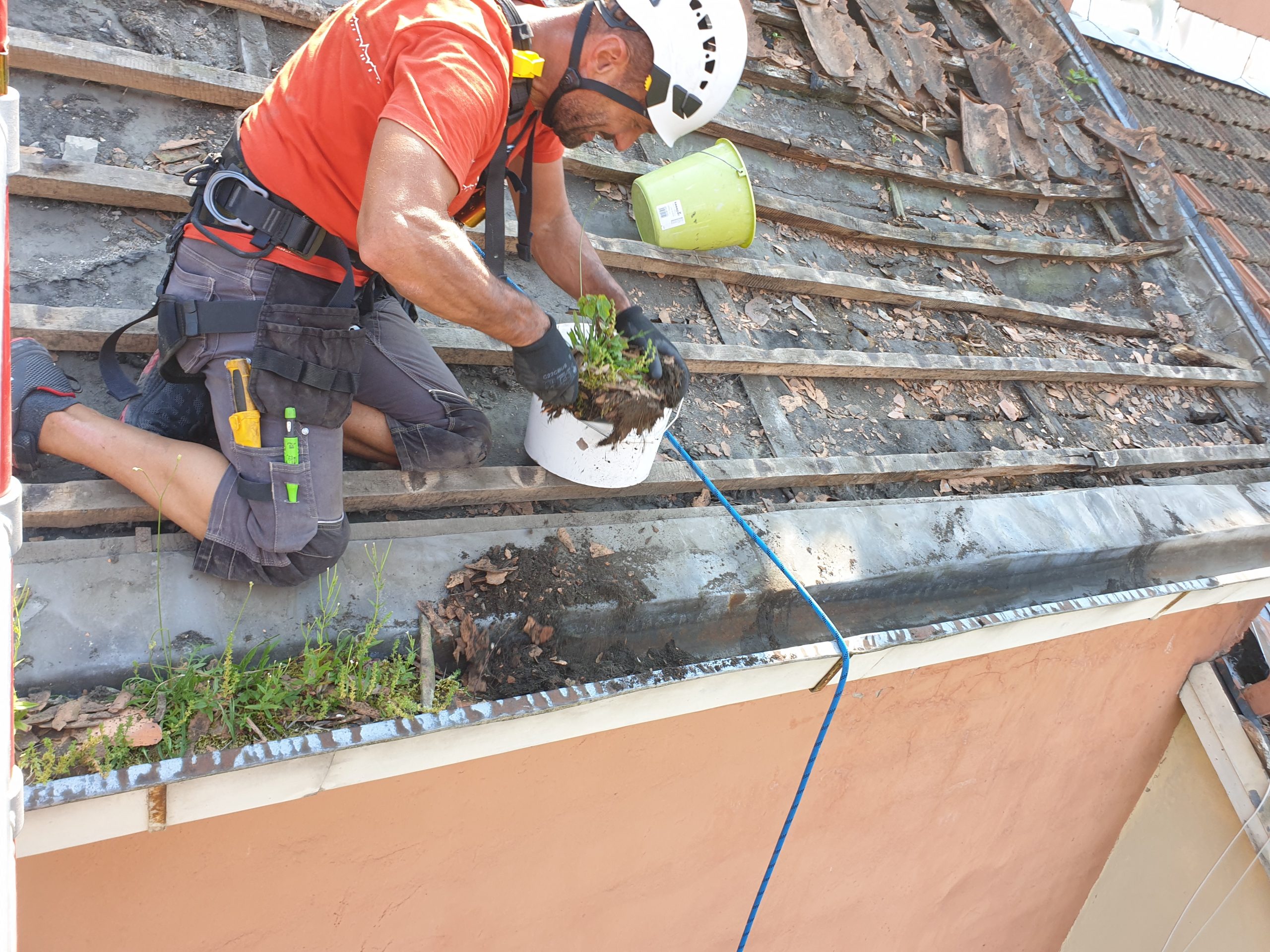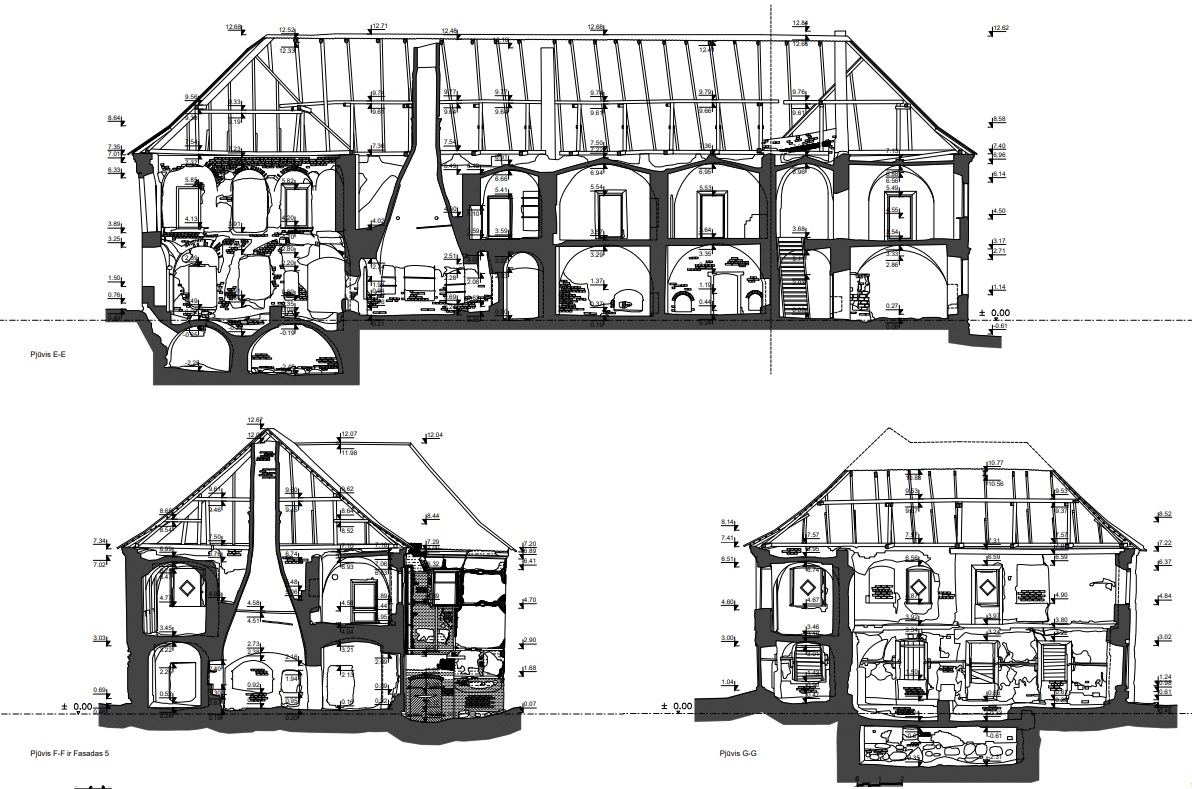Dos and Don'ts: inspiration and consultation space
September 25th, 12:00-16:00
Vilnius county Adomas Mickevičius public library, Great hall
Attention - Consultations can be viewed live on the Heritas Youtube page.
12.00-12.20
Viltė Janušauskaitė, FIXUS Project Lead, Cultural Infrastructure Centre
The conservation of heritage objects is an expensive and slow process that requires specialised knowledge and skills. In some situations, that cannot be avoided, but in many cases timely support, spotting of small holes and repairing of minor defects can prevent major building problems in the future, save money and time.
FIXUS Mobilis recommends constant maintenance of buildings to prevent their restoration later. Not only does that save costs but also preserves more authentic valuable elements, and many maintenance tasks can be easily performed by building operators on their own. For those without knowledge or in doubt, help by the specialists of FIXUS Mobilis is available. What is preventive maintenance of heritage buildings? Why is that necessary? Where to start, what to do and how to do that? Uproot the tree, save the roof!

12.20-12.40
Audronė Neniškienė, the chairperson of the Community Viltija
The community Viltija first came into contact with heritage objects in 2002, when archaeological research began in the territory of the former Dominican Monastery. With the conservation of the protected area and buildings in mind, Association Rural Community Viltija was established in 2006 to take care of the tangible and intangible cultural heritage of Paparčiai village, its dissemination and preservation.
At the initiative of the community, a number of significant projects have been implemented in Paparčiai village. Particular attention was paid to the territory of the former Dominican Monastery: the clearing of the stands revealed the terraces of the former monastery gardens, the ponds were cleaned, work was undertaken to take care of and conserve the polychrome decor that was in emergency condition on the chapel of the monastery cemetery, and in 2019 the works commenced for the conservation and reuse of the monastery structures.

12.40-13.00
Robertas Motuzas, Adviser to the Director of the Department of Cultural Heritage
Being the manager of a cultural heritage object requires commitment, but is commendable and significant for society. One of the most complicated areas in managing a cultural heritage site is the requirements of legal acts. How to smoothly administer and maintain a cultural heritage object? How not to make mistakes that can cause damage to the cultural heritage object or reduce its heritage value? Where to start in order to give new life for a cultural heritage object? Answers to these and many other questions will be given by Robertas Motuzas, who works at the Department of Cultural Heritage.

15.00-15.20
Martynas Valauskis UAB "Terra Modus", lead of Solution centre
Photogrammetric measurements and laser scanning are the phrases we have often heard lately, but it is not always clear why and when they are necessary or useful in the drawing up of cultural heritage conservation documents.
What deserves particular attention? What measurements should be made or not? And, most importantly, what does the term “photogrammetry” really mean?
Each project of cultural heritage conservation is unique and choosing the most appropriate solution is not easy. Besides, different project stakeholders – property owners, managers, researchers or project developers – have different goals. With this in mind, Terra Modus will provide a more detailed overview of potential photogrammetric measurement outputs and their applicability to different project purposes, and will provide real examples of implemented works.

15.20-15.40
Saulius Ušpalis, Preventive Maintenance Manager of Project FIXUS
A guarantee for the longevity of any building is proper preventive maintenance of its structures. Typologically, buildings can be very different, but all of them, without any exception, wear away naturally and are exposed to external natural factors – temperature changes, rain, snow and other precipitation. For a building to serve longer according to its purpose, it is necessary to monitor the condition of its structures and take appropriate action.
It is especially important to pay attention to the condition of the main building structures – foundations, walls, ceilings, and the roof. The presentation will share useful information and practical tips on how to timely detect and correctly assess defects in structural elements and what actions should be taken to avoid them.
